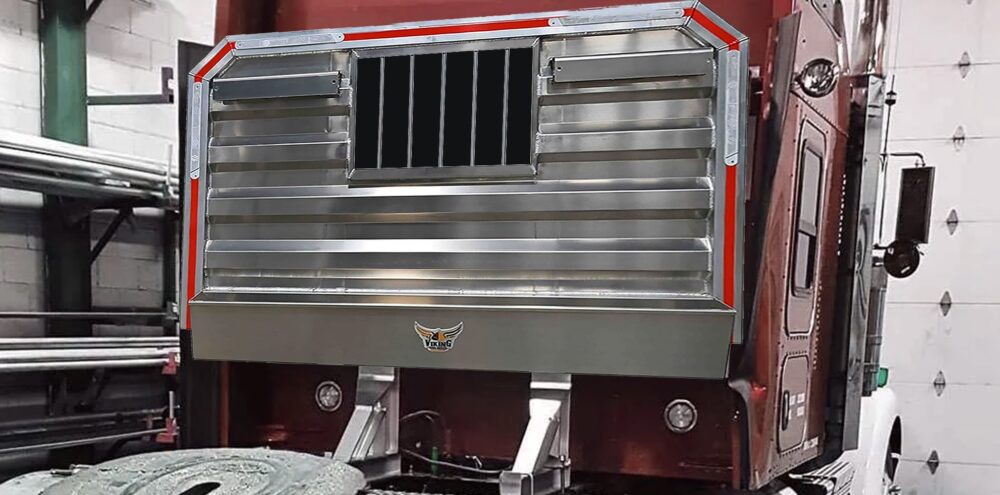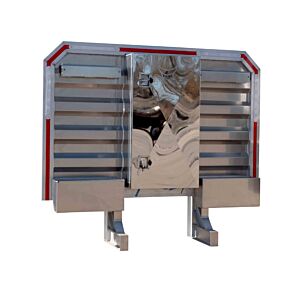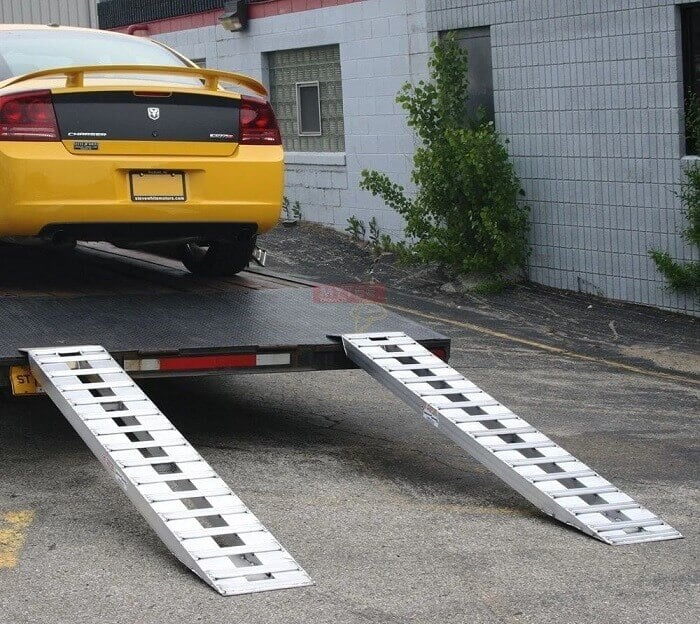Headache racks can be lifesaving in the event of an accident. Headache racks are a type of trucking equipment that’s mounted behind the cab of a flatbed truck, and they can protect the passenger and driver in the cab from damage from debris or other solid objects. It can also double as storage units if they’re so designed. Some can also prop up other equipment, like ladders.
5 Important Tips for Headache Racks
There are plenty of reasons to buy a headache rack online, from convenience to the ability to quickly compare and contrast products. But before you do, keep these five tips in mind.
1. Understand the Brands
Headache racks can widely vary in quality–that’s why it’s important to know if the brands you’re buying can back up their claims. To do this, try a few of the following options:
- Read product reviews from verified buyers on Amazon
- Check out what other truckers have to say about different headache rack brands on forums like truckingtruth.com or The Trucker’s Report
- See what other drivers are saying about different brands on YouTube, especially when it comes to demonstrating best practices

Beyond learning from other drivers, look for concrete, factual information about different types of the headache racks. What materials are they made out of? What methods are used to forge or weld them? Are they treated with any coating to resist rust or scratches?
Once you know which brands others find reliable, and you know which brands are known for high quality products, you’re well on your way to making a smart purchase.
2. Write Things Down
When you’re comparing and contrasting multiple brands, it can be easy to get the details mixed up. Fortunately, by writing things down, you’ll know you’re working with all the information you need.
If you write down the specs, price, and relevant reputational information of each headache rack, it will be easier to see clearly which one is right for you and your truck.
3. Avoid used or refurbished headache racks
Headache racks primarily serve as safety equipment. Like any piece of safety equipment, it is vital that headache racks are replaced as they wear down or accumulate damage over time. This happens in the course of regular use.
A headache rack that takes damage in an accident will be even less durable, and in more need of replacement afterwards, than racks that have never been in an accident.

The main problem with used and refurbished headache racks, then, is you really don’t know how safe they are. How many good years left do they have? Has this rack ever taken structural damage in an accident? You can’t know–and often even refurbishers can’t tell. They can make cosmetic fixes while being unaware that the rack itself has worn too thin or taken too many dents to be truly safe anymore.
Fortunately, even while choosing to avoid used headache racks for your safety, you can still find new pieces at affordable prices.
4. Know the total cost of what you’re buying
The price on the tag won’t be the price when you checkout. Make sure to look up the shipping costs when you buy a headache rack. Headache racks can be heavy and bulky, which can make them more expensive to ship.
On the other hand, some businesses have free shipping in certain circumstances, so be on the lookout for sales or deals. This is especially true if you enjoy other products made by the same brand: some shipping deals apply only if you purchase a certain number of items.
Beyond shipping costs, understand the relevant taxes and tariffs for anything you buy. Sales taxes are inevitable, but they also vary state by state. Knowing where to buy your headache rack can be as cost-saving as knowing which one to buy.
5. Read the Terms & Conditions
Look, we know everyone skims those. But reading the terms and conditions can help you understand what a headache rack can reasonably protect you from and what it won’t.
At the end of the day, you’re responsible for your own safety, both physically and legally. Don’t let yourself get caught in a bad situation just because you didn’t read the fine print.














